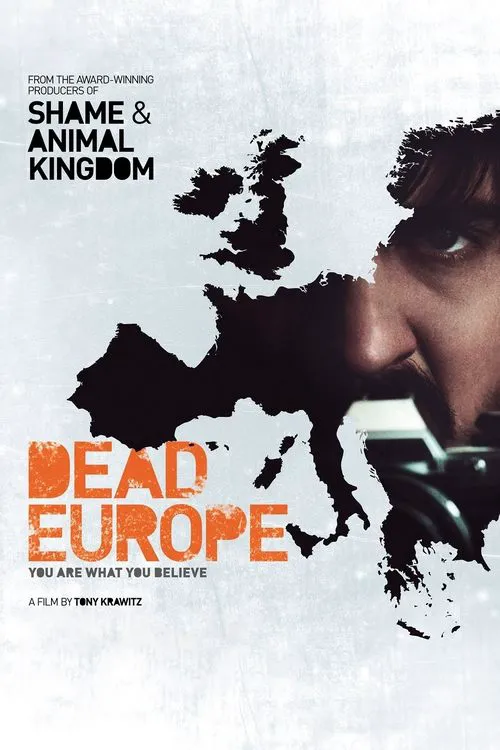Unearthing Secrets: The Journey Behind Tony Krawitz’s “Dead Europe”
In the realm of Australian cinema, few films delve into the intricate tapestry of identity, ancestral memory, and the shadows of the past with the haunting precision of Tony Krawitz’s 2012 drama, Dead Europe. An adaptation of Christos Tsiolkas’ acclaimed 2005 novel, the film stands as a testament to the power of cinematic storytelling in confronting deeply buried truths. But what went into bringing this emotionally charged narrative from page to screen, and how did Krawitz manage to evoke such a pervasive sense of foreboding and introspection?
Adapting a Labyrinthine Legacy: The Novel to Film Challenge
Christos Tsiolkas’s Dead Europe is a dense, multi-layered novel, renowned for its unflinching exploration of inherited trauma, sexuality, and the lingering specter of history. Adapting such a text poses a formidable challenge, requiring a rare blend of fidelity to the source material’s spirit and the creative courage to translate its psychological complexity visually. Director Tony Krawitz, known for his nuanced approach to character and atmosphere, was the perfect choice to navigate this demanding landscape.
Krawitz’s vision for the film was not merely to retell the story but to distill its essence, focusing on protagonist Isaac’s internal odyssey as he grapples with his family’s enigmatic past. The narrative’s slow-burning, fragmented nature, echoing Isaac’s own struggle to piece together dislocated memories, was meticulously planned. “The key was to lean into the ambiguity,” Krawitz might have reflected, understanding that the film’s power lay in what was hinted at, rather than overtly stated, allowing the audience to embark on Isaac’s journey of discovery and disorientation.
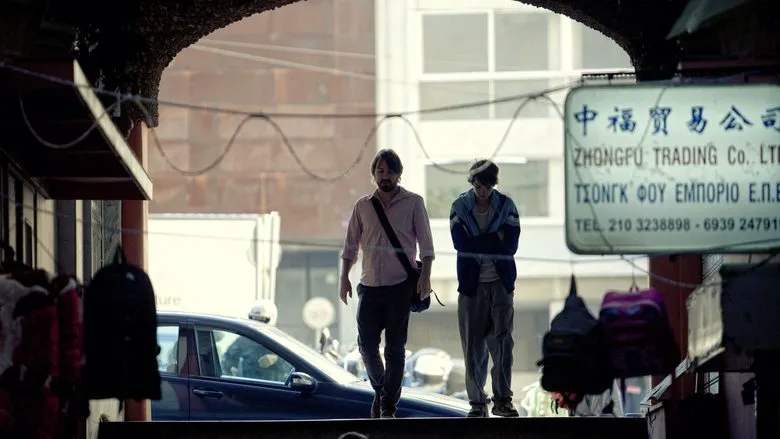
Casting the Vessel: Ewen Leslie as Isaac
At the heart of Dead Europe is Isaac, the Greek-Australian protagonist upon whose shoulders the weight of his family’s legacy rests. Casting this pivotal role was critical, requiring an actor capable of conveying profound internal turmoil with understated intensity. Ewen Leslie, a highly respected Australian actor, brought a quiet gravitas to Isaac, embodying the character’s initial dismissiveness of the so-called family curse, and his gradual descent into a world of ancestral stories and unsettling revelations. Leslie’s portrayal of Isaac’s increasing isolation and detachment as he unearths more secrets is a masterclass in subtlety, making his eventual confrontations with the dark truths of his past all the more impactful.

Greece as a Character: The Ancestral Landscape
A crucial element that elevates Dead Europe from a mere family drama to a mythic exploration is its setting. Filming on location in Greece was not just a logistical choice but an artistic imperative. The ancient waters of the Aegean and the sprawling Greek landscape become more than just a backdrop; they are a living, breathing entity that awakens Isaac’s memories and secrets. The production team chose specific locations that conveyed both beauty and an inherent sense of timeless mystery, allowing the surroundings to seep into Isaac’s psychological state.
“The land itself holds the secrets,” a crew member might have observed, highlighting how the oppressive atmosphere that pervades the family’s narratives is subtly enhanced by the very geography Isaac inhabits. The visual contrasts—the vivid beauty of the Greek countryside against the escalating psychological tension—were meticulously crafted through the film’s evocative use of color and lighting.
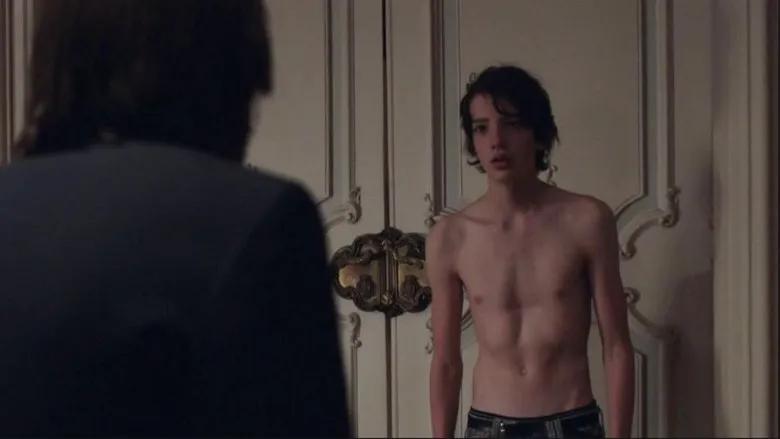
Weaving the Threads of Destiny: Cinematography and Symbolism
Tony Krawitz’s directorial style in Dead Europe is marked by its deliberate pace and profound visual symbolism. The cinematography plays a central role in conveying the film’s themes of identity, tradition versus modernity, and the invisible forces that haunt generations. Rachel (Anna Chlumsky), the enigmatic woman Isaac encounters, serves as a mystical guide, and the interactions between her and Isaac are often framed to emphasize a sense of foreboding and an unseen, ancestral pull.
The film’s visual language is rich with metaphors: the scattering of ashes, the ancient waters, and the stark isolation that Isaac experiences. Each element is carefully chosen to reinforce the narrative’s exploration of inherited trauma and the enduring power of ancestral loyalties. This meticulous attention to visual storytelling required close collaboration between Krawitz and his directorial team, ensuring that every shot contributed to the film’s unique, often unsettling, atmosphere.
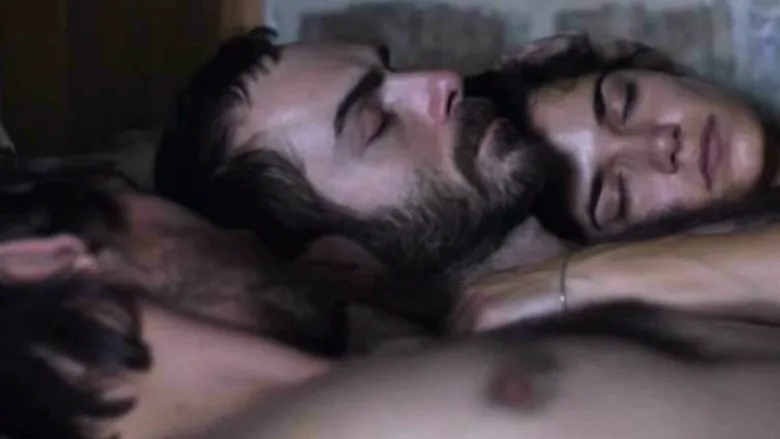
The Unseen Cast Member: The Weight of Family Legacy
Beyond the tangible locations and brilliant performances, Dead Europe’s true “behind-the-scenes” story lies in its portrayal of the intangible: the pervasive influence of family secrets. The production aimed to make the concept of the “curse”—whether literal or metaphorical—a palpable presence without resorting to overt horror tropes. This was achieved through Krawitz’s expert handling of dramatic tension and the subtle interplay between characters.
The film doesn’t offer easy answers but rather compels the audience to confront the unsettling reality of how past actions can echo through generations. It is a nuanced examination of how individuals navigate complex family dynamics and the sometimes suffocating weight of history. The portrayal of a family’s struggle to come to terms with its past serves as a powerful reminder of the ongoing tensions between tradition and modernity, and the lasting impact of family legacies on individual lives.
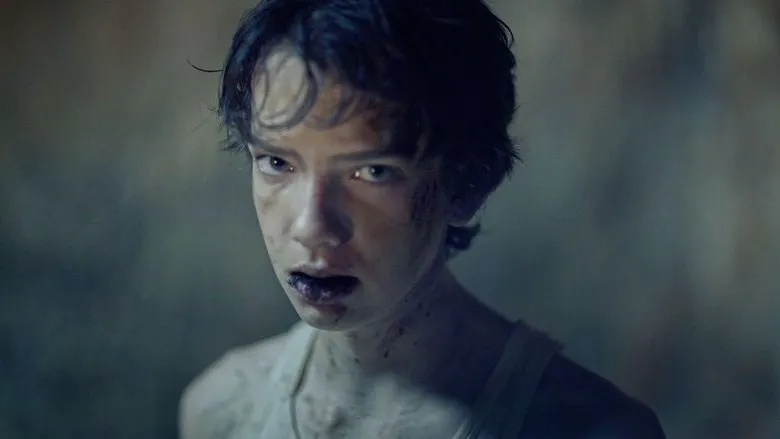
A Lingering Impression: The Legacy of Dead Europe
Upon its release, Dead Europe garnered acclaim for its bold adaptation and Krawitz’s powerful direction. It proved to be a thought-provoking, albeit challenging, cinematic experience that resonates long after the credits roll. The film’s commitment to exploring uncomfortable truths about identity, loyalty, and the human condition solidifies its place as a significant contribution to contemporary drama. Its behind-the-scenes journey, from a complex novel to a visually and emotionally potent film, speaks to the dedication of its creators in bringing a haunting, reflective tale to life.
